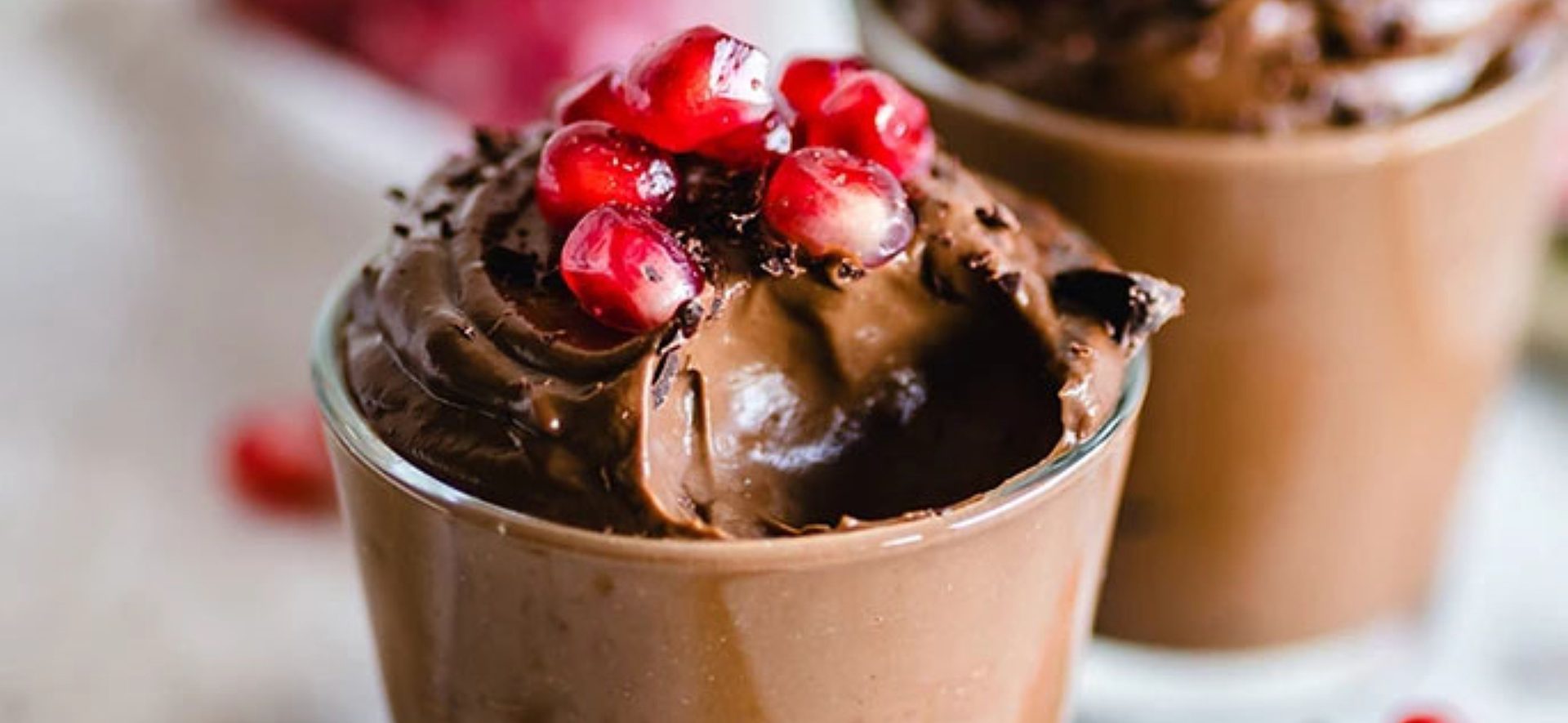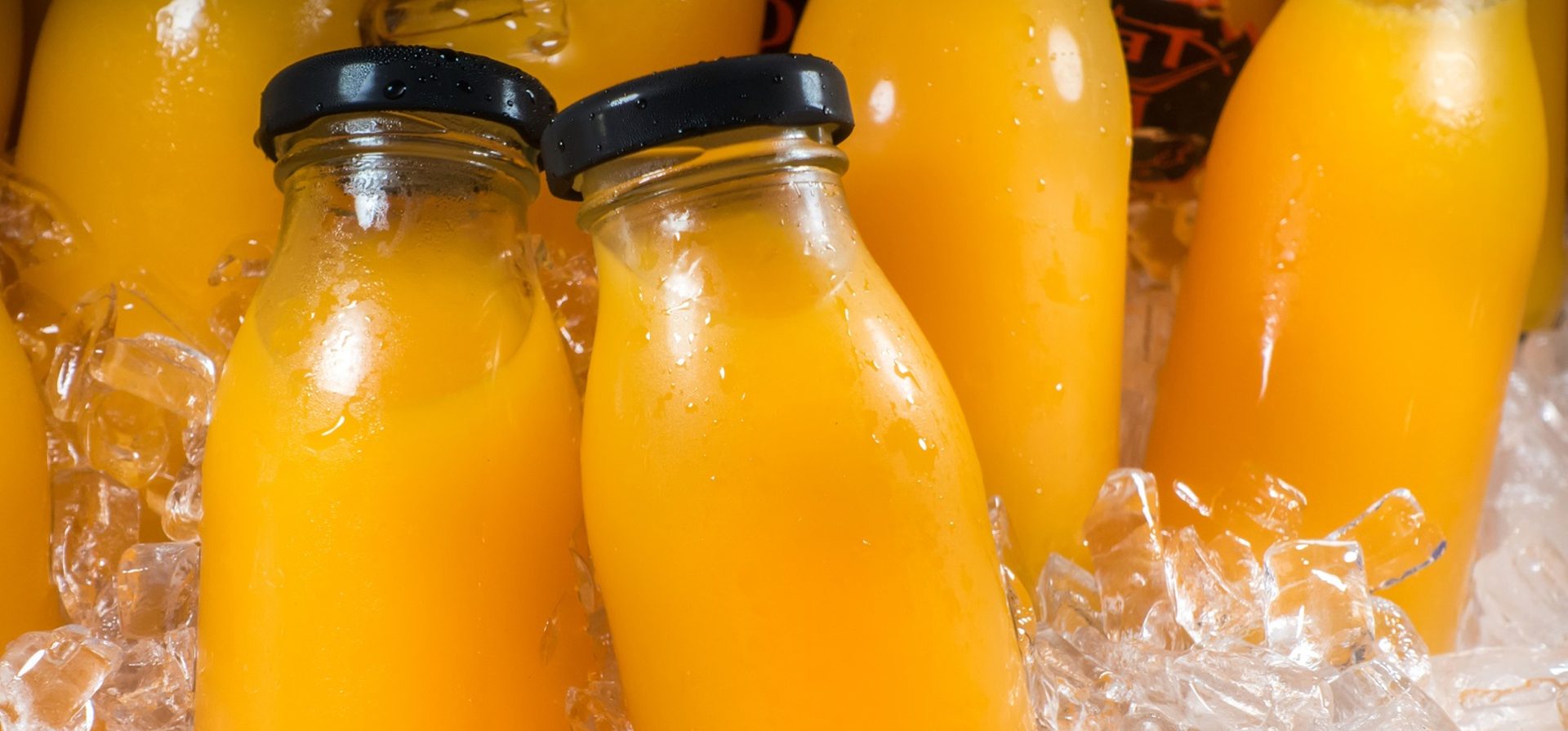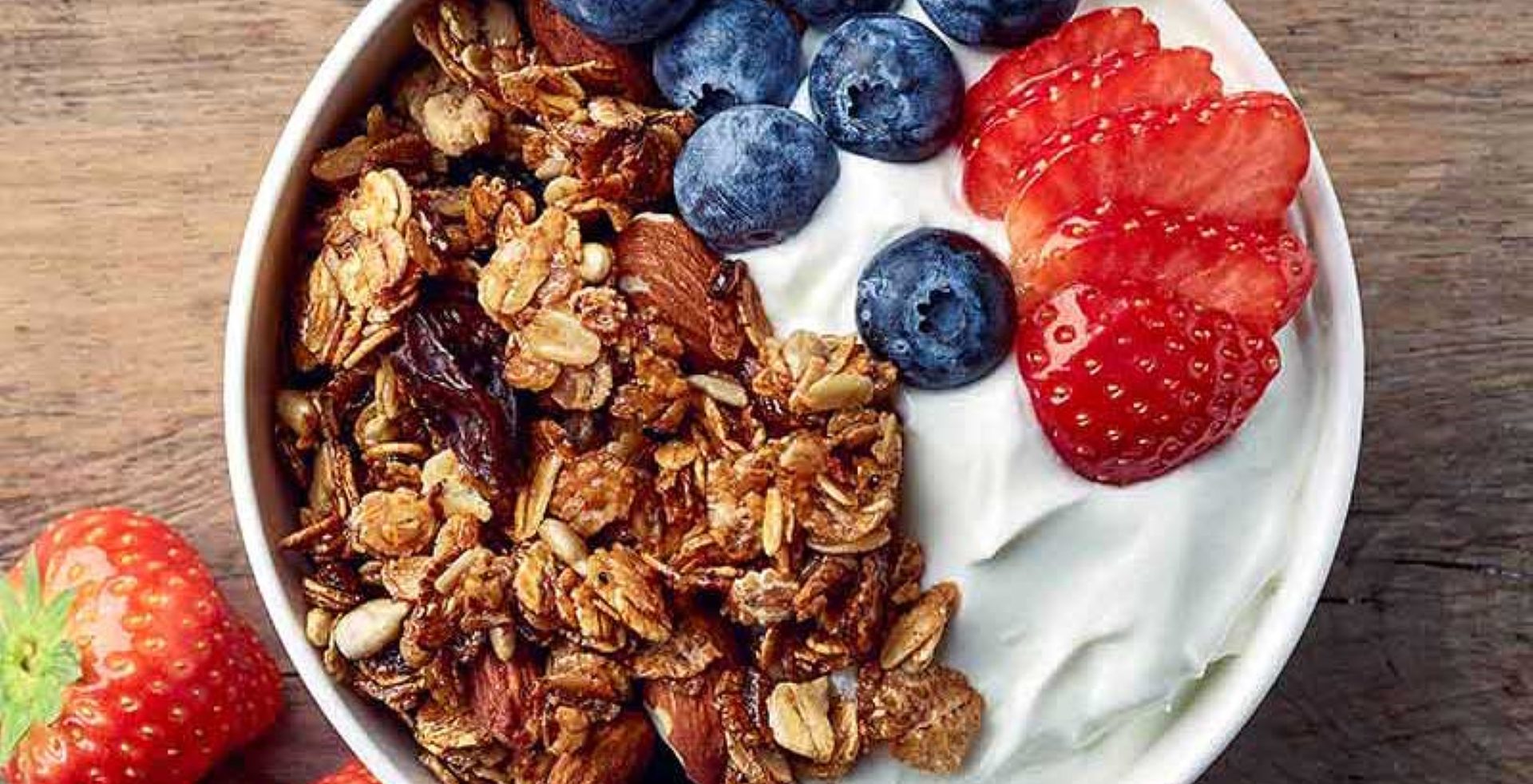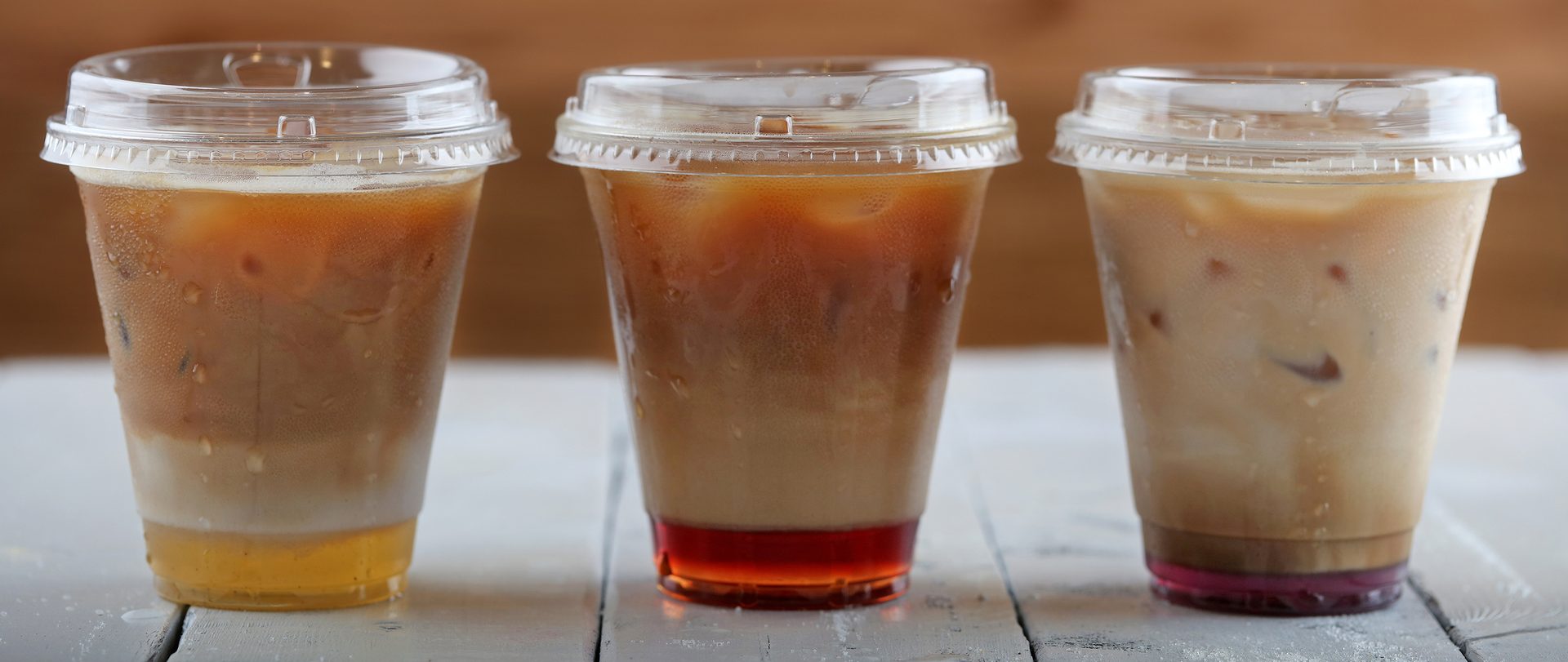Sugar Reduction in Dairy Products
Technologies
By Whitney Atkins, Contributing Editor, with David Feder, Executive Editor-Technical
Dairy products are often sources of hidden sugar, but new formulations are addressing it with flair.
Whipping Up
Low-Sugar Dairy
The American shift toward healthier eating continues to focus on added sugars, specifically sucrose, fructose, glucose and other full-calorie mono-and disaccharides. According to Nielsen IQ data compiled exclusively for a 2021 presentation by the International Dairy Deli Bakery Association (IDDBA), two-thirds of US consumers (67%) prioritize “avoiding negatives” when choosing healthier food products, with “low sugar” and “no added sugar” claims topping the list.
The current Dietary Guidelines for Americans recommends “limiting calories from added sugars to less than 10 percent of total calories per day.” And while there are no FDA limits currently imposed on added sugars, since 2021, labels have been required to clearly state added sugars in detail, in both grams per serving and as a percentage of Daily Value.
That change to the Nutrition Facts label brings to light that a number of dairy products on the market are considered to be high in sugar, having more than 2.5g per serving. The main items in that high-sugar category, besides confections, are yogurts, creams/non-dairy creamers, and beverages.
Photo courtesy of: Getty Images / MariaUspenskaya

Dried fruit concentrates, such as from raisins, while still caloric, add depth and body that allows for reduction of some of the added sugars. Photo courtesy of the California Raisin Marketing Board
Creating lower-sugar alternatives to high-sugar dairy products has become especially important considering that, according to the CDC’s 2022 National Diabetes Statistics Report, some 130 million Americans—around one-third of the total population—have diabetes or pre-diabetes, and more than 10% don’t even know it. But the dairy industry has not been asleep at the wheel when it comes to this crisis.
Low/No Sugar Growth
Citing data from Circana Integrated Fresh Market Advantage, the IDDBA reports that there has been staggering growth in dairy products formulated with alternative sweetening ingredients. Based on attributes stated on packaging from 2019 through August 2023, the number of products containing monkfruit has risen 1,185% over the past four years and is up 5% so far this year.
Dairy products containing erythritol have increased 757% in the same time period, and 150% so far this year. Stevia-containing dairy items are up 90% since 2019 and 38% this year. Overall, dairy products with labels claiming that they're free from artificial sweeteners rose 39% in the same four years, 17% for this year.

Lowering sugar in dairy formulations can be especially complex because sugar provides texture, color, and shelf-life support in addition to flavor. Photo courtesy of Kerry Ingredients, Inc.
Allulose, an FDA-approved, naturally occurring sweetener found in figs, raisins, jackfruit, maple syrup, and molasses and derived commercially from wheat, corn, and beets, is rapidly making inroads into dairy. An epi-isomer of fructose, allulose functions in most formulations as a single drop-in replacer for caloric sugars, needing no maskers or bulkers and having a flavor profile similar to fructose but with 1/20th-1/10th of the calories. Use of allulose in yogurt alone has risen almost 150% in the past year according to the aforementioned Nielsen IQ survey.
Sugar-lowering Strategies
The IDDBA’s research revealed that there is no “one size fits all” approach to formulating products for today’s consumer. How and why consumers choose sugar-sweetened, naturally sweetened, or artificially sweetened products are based on what they view as the healthiest solutions for themselves and their family. They are neither “all in” on sugar nor on natural or artificial non-caloric sweeteners. Instead, they are drawn to a combination of sugar-reduction strategies.
A Good Fake
The disaccharide sweetener trehalose is a manufactured sweetener made up of two molecules of glucose. Discovered in the 1830s in fungi, and naturally occurring in small amounts in sunflower seeds and algae, it became available as a GRAS sweetener for food and beverage products in the early 2000s. It is gaining use in frozen dairy products, such as ice cream because it lowers the freezing point of foods and is highly stable to heat and acidic environments. These qualities make it suitable for pasteurized dairy and fermented dairy products. It is less soluble in formulations compared to sucrose unless heated to above 175°F, but it also has demonstrated some possible health and food safety abilities, although more research is needed. As a sugar reducer, it only cuts out 10% of the calories of sucrose, fructose, or glucose, but it also has flavor enhancement and natural antioxidant capacity.

Yogurts and creamers contain some of the highest amounts of sucrose per serving of non-confection dairy products, but dairy product makers are changing that. Photo courtesy of Cory Wright for the International Dairy Deli Bakery Assn.
From an innovation perspective, this is a clarion call for product developers, as it opens the door to using more creative sugar-reduction strategies. In the peer-reviewed paper “Sugar Reduction in Dairy Food,” published in October 2020 in the food science and technology journal Foods, the authors broke down the common sweeteners and their advantages for use in dairy product formulation. The study used flavored milk in its comparisons.

Sugars are typically mono- and disaccharides, but shorter-chain oligosaccharides deliver a slight sweetness that lower a percentage of calories while conferring solid health benefits. Photo courtesy of Beneo, Inc.
Erythritol is commonly used as a bulker in combination with high-intensity sweeteners. It does not promote tooth decay and helps stabilize products against microbial flourishment. With only around 1kcal/g, it can significantly reduce the need for caloric sweeteners. However, it is a polyol and although better tolerated than other polyols, in large amounts could cause g.i. distress.
Stevia is one of the most popular sugar replacers today. In its rebaudioside-M form, it has less of the off flavors other rebaudiosides have, but its sweetness is prominent and it is often used in tandem with erythritol or even caloric sweeteners. It has both a long delay and a long linger, but dairy products can mitigate some of these effects. Stevia is favored as a partial sugar reducer in chocolate milk and other chocolate dairy products. Monkfruit has properties similar to those of stevia and does not have a significant aftertaste. It, too, is helpful in reducing sugar in chocolate milk and other flavored dairy beverages.
No Substitute Required
While alternative sweeteners have been the traditional turn-to solutions to lower sugar, other means are gaining popularity. One new method involves using natural processes to alter the nutritive sweeteners in products. Better Juice, Ltd. is an Israeli company that developed technology that safely and naturally converts a portion of the sugars in fruit juices into healthful fibers with no impact on flavor and only a slight change in texture. Although the system has yet to be used on dairy beverages, technology such as this could be used in conjunction with existing tech, such as lactose hydrolysis, which uses natural enzymes to convert the milk sugar into its glucose and galactose constituents.

Photo courtesy of Better Juice, Ltd.

Allulose is fast becoming a turn-to ultra-low calorie natural sugar for dairy due to its clean flavor and functional properties similar to fructose. Photo courtesy of Anderson Advanced Ingredients, Inc.
Allulose is among the newest replacers of nutritive sweeteners on the market and has thus far shown the most promise for use in dairy products. While often presented as having 70% of sucrose’s sweetness, it has a longer onset to full sweetness and is also said to enhance flavors of fruits, chocolate, and vanilla. This is especially helpful for makers of chocolate dairy products, who often rely on higher amounts of sugar to balance the bitterness from cocoa. As previously noted, it delivers only 0.2-0.4kcals/g compared to 4.0kcals/g for sucrose, glucose, and fructose.
Allulose has demonstrated an ability to act as a 1:1 replacement for sucrose in dairy products, especially full-fat dairy as it takes advantage of fat's capacity as a flavor carrier. It is particularly suitable for ice cream, yogurts, drinkable yogurts, coffee creamers, coffee+dairy drinks, puddings, and sweetened cheese confections. With zero aftertaste, no effect on insulin, high satiety, no g.i. effects, and no promotion of tooth decay it will likely become increasingly popular in dairy desserts and other dairy foods and beverages.

A big trend in reducing nutritive sweeteners is using other natural sugars, such as tagatose, which works similar to sucrose in many applications but with less than half the calories. Photo courtesy of American Sugar Refining Group
Lowering Techniques
The Foods study included other methods of sugar reduction, not all of them involving substitution. Lactose hydrolysis is a method used only in milk, specifically to create lactose-free milk and milk-based products. By breaking up the disaccharide milk sugar lactose into its monosaccharide glucose and galactose components, the result is still 4kcal/g sugars, but their sweetness is actually enhanced, allowing for a slight reduction in total sugars.
Ultra- and nanofiltration have become popular techniques for removing lactose from milk while leaving behind the proteins and fats that give milk flavor and health benefits. Those methods also remove other impurities and significantly lowers the mineral content. Calcium can be reintroduced, but other minerals that might interact with the flavor will be absent. The result is said to be a cleaner—and, to some consumers, sweeter—end product.
Finally, simply gradually lowering the amount of sugar in products has been shown to be a proven method for some formulations, with consumers accepting reductions of as much as 25-30% when done over time. This method can have high risk, however, in that altering the flavor profile of a favored product by too great a degree can drive away consumers. Still, the method has proven popular for slightly lowering calories from sugar.
Understanding consumer behavior and trends is vital when developing new products. Today’s savvy consumer, the ever-changing marketplace, and the rapid pace of technological innovation make staying on top of consumer preferences even more critical when reducing familiar sweetness in comfort foods such as dairy. PF
Whitney Atkins is a vice-president of the International Dairy Deli Bakery Association (IDDBA), headquartered in Madison, Wisconsin, where she lives with her teenage son. She has worked for concerns as diverse as The Kroger Co. and the municipal government of the city of San Antonio. Atkins also facilitates courses for Cornell University and volunteers as a consultant for a faith-based community grocery project, which is work that feeds her soul. She can be reached at watkins@iddba.org.



